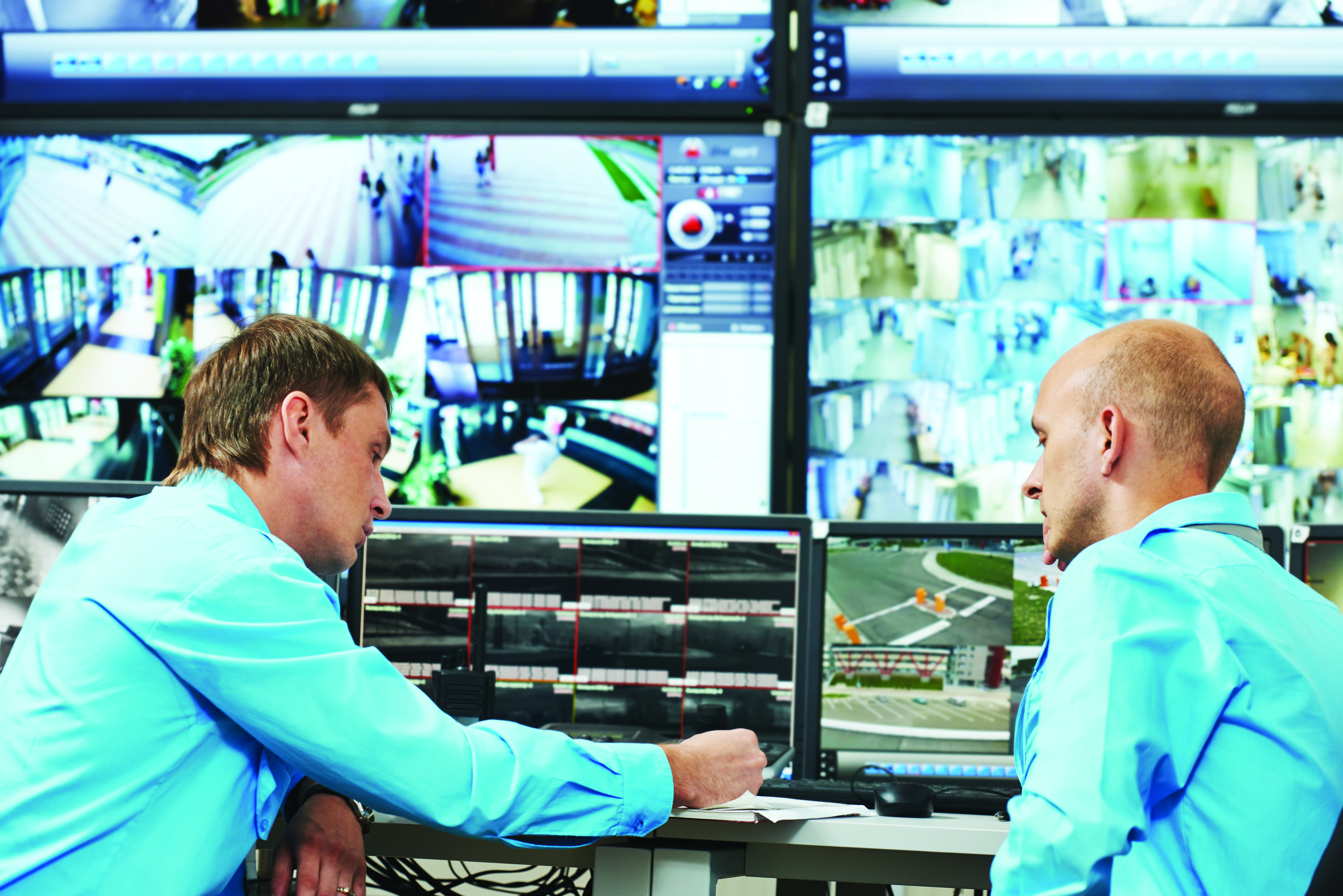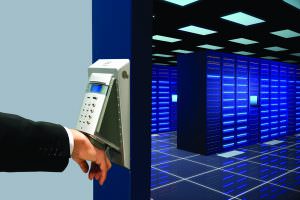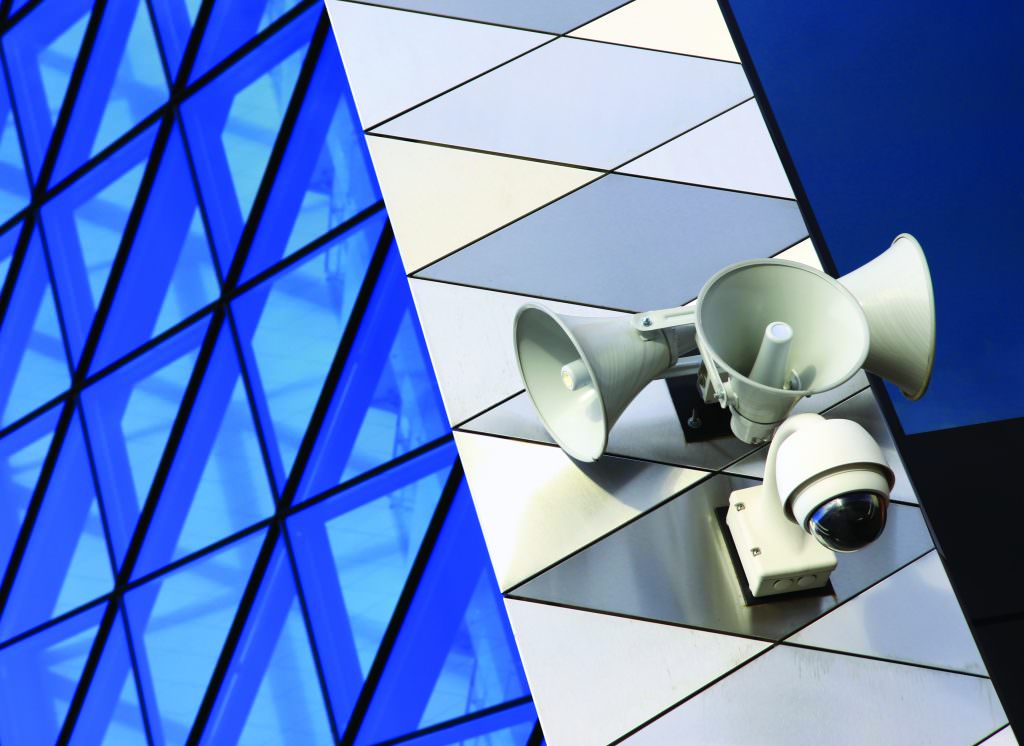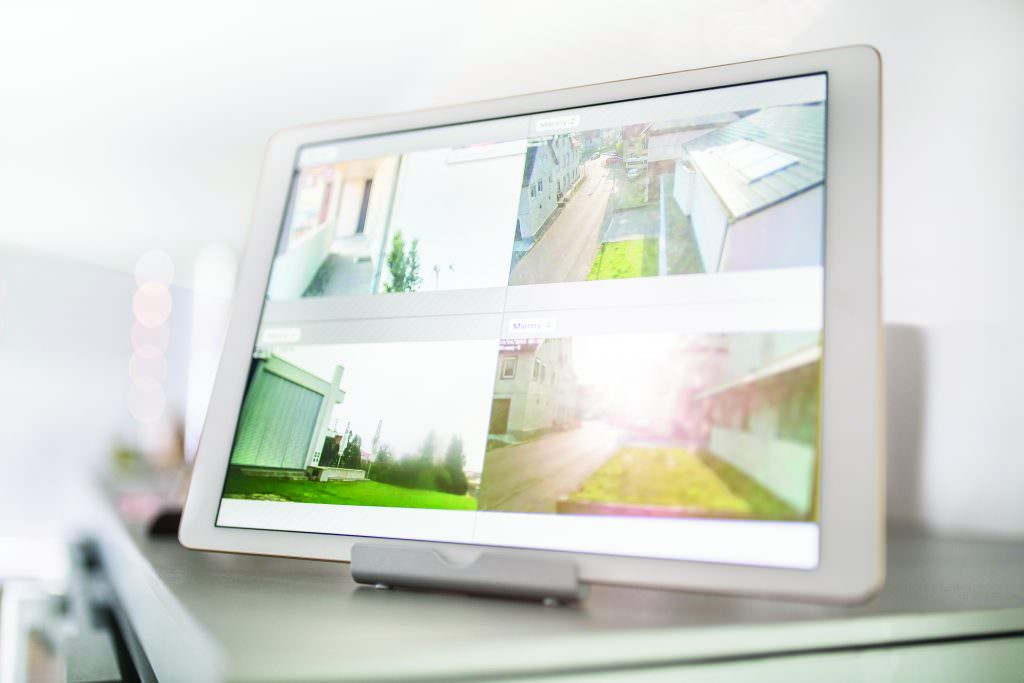Out of Many, One

Integrating components of a security system can vastly improve effectiveness

Brian Wiser, Bosch Security Systems
When end users call on a security integrator to install or upgrade a system, the basic requirements of the system may already be defined. While these may seem to address all of the needs and wants, the user may be looking at each type of security, as well as communications technology, as a separate entity.
Such technology silos can be inefficient to manage, especially for larger organizations, and they lack the ability to provide an overall view of a facility’s security.
An integrator should ask a few probing questions to get the user thinking about the system in a new way. Are there areas of the facility that require greater security? Are there manual security processes that could be streamlined? Are there notifications or other technologies that could improve the efficiency of security personnel and the safety of employees? Are there regulations or government mandates that need to be heeded? Understanding how the organization currently works, and how users would like it to work, is key to presenting the best solution.
Because individual security technologies complement each other to enhance facility control, the best solution often integrates security and communications systems to better mitigate risk and improve the efficiency of personnel operating the system. Whether the solution is a retail store, school or university, government site, or other commercial or industrial environment, integrated systems increase overall security and reduce complexity for the user.
Choosing an Integration Hub
The key to an integrated solution is technology that can accept alarms from various devices – such as detectors, surveillance cameras and more – and use those alarms to trigger actions that focus the attention of security, office personnel or the central station monitoring the facility.
Some of the latest security control panels and video management systems provide this level of integration and enable customized solutions for the user. Take, for example, a commercial building or industrial site that has integrated intrusion detection, access control and video surveillance. When an employee presents access credentials at the facility entrance, not only does the door unlock, but the intrusion detection system can automatically disarm, and the security operator can be alerted through video displayed from a nearby camera. This helps the operator ensure that no one is tailgating behind the employee.
Video also provides situational awareness when other control panel events occur. If someone tampers with a motion detector, the security control panel can trigger a nearby camera to send a video snapshot via email or text to the facility manager. It can also alert security personnel and trigger a pan-tilt-zoom camera to focus on the relevant area for further investigation.

If there is a particularly sensitive area in a facility – such as a server room – video, access and intrusion technology can combine to secure the area and can even be used to protect the individual hardware racks inside the room. For example, each server rack can have its own access reader, keypad, and camera. This can prevent unauthorized individuals from accessing the equipment and can also restrict authorized people to scheduled days and times, limiting after-hours access to pre-determined times for maintenance and upgrades. Using a keypad and a reader on the racks also enables the use of dual authentication, so the individual must present something he or she has – a credential – along with something he or she knows – a PIN – for even greater security. Adding an IP camera means that any attempt to open the racks by unauthorized individuals will trigger the camera to send a text or email alert with a video snapshot to the facility manager.
Incorporating Intelligent IP Cameras
Cameras equipped with video analytics can also initiate intrusion detection system events when alarms are triggered. Video analytics can be a major asset, as this technology continuously analyzes real-time images to detect suspicious events. It ensures a constant eye on the scene and instantly responds to conditions that require action. This adds an extra layer of protection by providing real-time alerts regarding potential security risks, such as detecting loitering in a parking lot or a perimeter breach after hours. Following are a few of the conditions that video analytics can be programmed to alert on.
Line Crossing
Alerts operators if a person crosses a perimeter, whether it is a fence or an invisible line at the edge of an unfenced campus.
Illegal Parking
Alerts operators if a car is parked or idling in an area where it should not be, such as near a loading dock door, in a fire lane, or in another restricted zone. Analytics can also be configured to detect idle objects or objects left behind.
Loitering
Alerts operators if a person enters an area and does not leave after a specified time while ignoring people who innocently pass through the scene. When programmed for loitering, analytics can alert security personnel that someone may be looking for an opportunity to enter a door when an employee exits or that someone may be vandalizing an area.
Speeding
Alerts operators about vehicles traveling at unsafe speeds in a parking lot. Analytics can filter for speed and size. This enables the system to ignore all movement below a certain speed, but alert the operator when the movement is faster and by an object that is at least the size of a small car.
Color Matching
Alerts operators to the presence of an object that is a particular color, such as a red vehicle that is entering the property or a person wearing a yellow jacket who is in a restricted area. This can be used to notify personnel about the presence of a known security concern.

These are just some of the ways that video analytics can enhance security and safety. And, with an integrated system, an analytic alert can immediately fault a corresponding point on the system’s control panel. This prompts the panel to communicate the alarm to the central station or to send video snapshots to the end user.
For example, at a school, a door leading to the playground can automatically unlock when the request-to-exit detector senses a person approaching from inside the building, allowing for easy egress for recess and after-school activities, or in emergency situations. From outside, teachers, aides and other authorized individuals can easily unlock the door with the proper credentials. However, when an unauthorized person attempts to force open the door from the outside, a nearby camera with onboard video analytics that are programmed to alert on loitering, can fault a point on the control panel, triggering a text or email alert with a video snapshot to be sent to the principal or school resource officer. The notification can also include the IP camera’s DNS or IP address, allowing the principal or officer to connect directly to the relevant camera simply by clicking the link.
Integrating Audio
Integrating security technology with a public address system can also provide added protection of sensitive areas. Requiring dual authentication to enter an area and combining that technology with video analytics and automated audio announcements maximize security for high-risk locations. For example, the system can alert security personnel if unauthorized individuals attempt to touch high-value assets, while also triggering a pre-recorded audio announcement to notify the individuals that their actions are being monitored.

Audio integration is also beneficial for initiating pre-recorded messages based on security events. For example, activating an emergency pull station or pressing a wireless panic button can automatically trigger a public address system to play emergency instructions through a loudspeaker, while also contacting facility personnel with a different message through two-way radios.
Controlling Integrated Systems
By integrating intrusion detection and access control within the video management system, users gain centralized control of security across the enterprise.
This increases efficiency for the operator and simplifies management of the system, which is often a key selling point for the security or facility manager who is constantly challenged to accomplish more and address more risks with a limited budget. End users want their systems to be as simple to use as possible with one interface for monitoring and controlling devices.
Mobile command and control of the system via apps for smartphones or tablets also keeps users connected even when they are not onsite.
Within the same app used to arm or disarm an intrusion system or area or control doors, users can also view live video from IP cameras integrated with the system.
Adding Services
Combining these security technologies with video monitoring services enables the central monitoring station to intervene immediately when a potential security risk is identified, providing a powerful deterrent that may prevent damage and theft. For example, once an intrusion alarm is transmitted to the central monitoring station and verified through video images, the operator can take immediate action with audio intervention using a nearby camera that is equipped with a loudspeaker. If intruders are warned that they are on camera and that the local authorities have been contacted, they may flee the area before doing any damage.
Combining these security technologies with video monitoring services enables the central monitoring station to intervene immediately when a potential security risk is identified.

Bringing It All Together
There are many possibilities with integrated systems. This requires integrators to expand their skillsets with greater knowledge of security software. It also requires proficiency in the ways that technologies can be integrated to create customized solutions. The examples described above demonstrate how products that work seamlessly together can increase facility security, protect sensitive areas, and make systems easier to manage.
While standards like ONVIF have helped to make integration easier for some technologies and have provided integrators with more options, a system that involves intrusion and access control from one manufacturer, cameras from another, a video management system from a third, and a public address system from a fourth, puts the integrator in the middle. If part of the integration does not work properly, the integrator may have to troubleshoot with multiple manufacturers to fix the issue, which can require additional time and energy and add expense to the project. Or the integration may not include all of the available features of the individual technology components. It is important to fully research integration claims to ensure the solution will fit what the end user requires.
In some instances, using multiple manufacturers may be required by the user or specifier, or there may be an existing video, access control, intrusion or public address system already in place. If this is the case, partnerships that exist between some manufacturers may help to ensure a smoother integration.
In situations such as new buildings or renovations, where the integrator has a choice of technologies, selecting systems from a single vendor that has designed the products to work together can help to speed and simplify installation. This approach also ensures that updates or software changes will not affect the integration, as the manufacturer will have tested for that prior to release. In the end, selecting technology from a single vendor can reduce total system costs for both the integrator and the end user.
Overall, using integrated systems can help integrators provide end users with solutions that meet their needs in ways they may not have known were possible. With knowledge of the capabilities of integrated systems and the skills to implement them, integrators can become strategic advisors and trusted partners.
Brian Wiser (brian.wiser@us.bosch.com) is president of sales – North America for Bosch Security Systems (www.boschsecurity.us).
